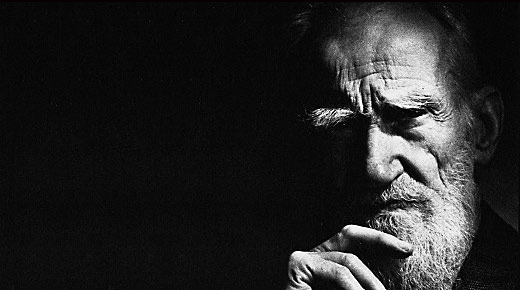The one complaint—the one problem—that nearly every company puts at (or very near) the top of its list of challenges is communication. George Bernard Shaw, the famous Irish playwright, sets us straight on this when he said: “The single biggest problem in communication is the illusion that it has taken place.”
What happens when information is not available when and as you need it? What happens when you discover (despite your fervent hopes and efforts to the contrary) that most of the information that is shared is unreliable. incomplete, late, or just plain wrong? What happens to you? What happens to us on the outside? What happens on the inside? What happens to a workforce that is faced with this as the rule, not the exception?
What happens is people get angry and combative—or numb and indifferent. We do! Instead of engaging in our work and developing ways to make a contribution, we do just the opposite: We disassociate from our company; we even disown it.
|
|
…


Comments
AMEN
Thank you Gwendolyn. For years I was chairman of the MBA Program at U of Tenn, and while we preached communication, it was not until I got out in the plants that I discovered what you have given us in your article.
As I taught people how to use process behavior charts I was surprised by the comments I kept getting from my clients. Comments like "meetings don't last as long", "there is no more passing of the buck", and from one manager "these are honest men's tools, you can quit playing games and get down to work."
The visual display of information that has been gathered and analyzed in a known and understanable manner changes the whole basis of communication. Which is exactly the point you so eloquently make.
Add new comment